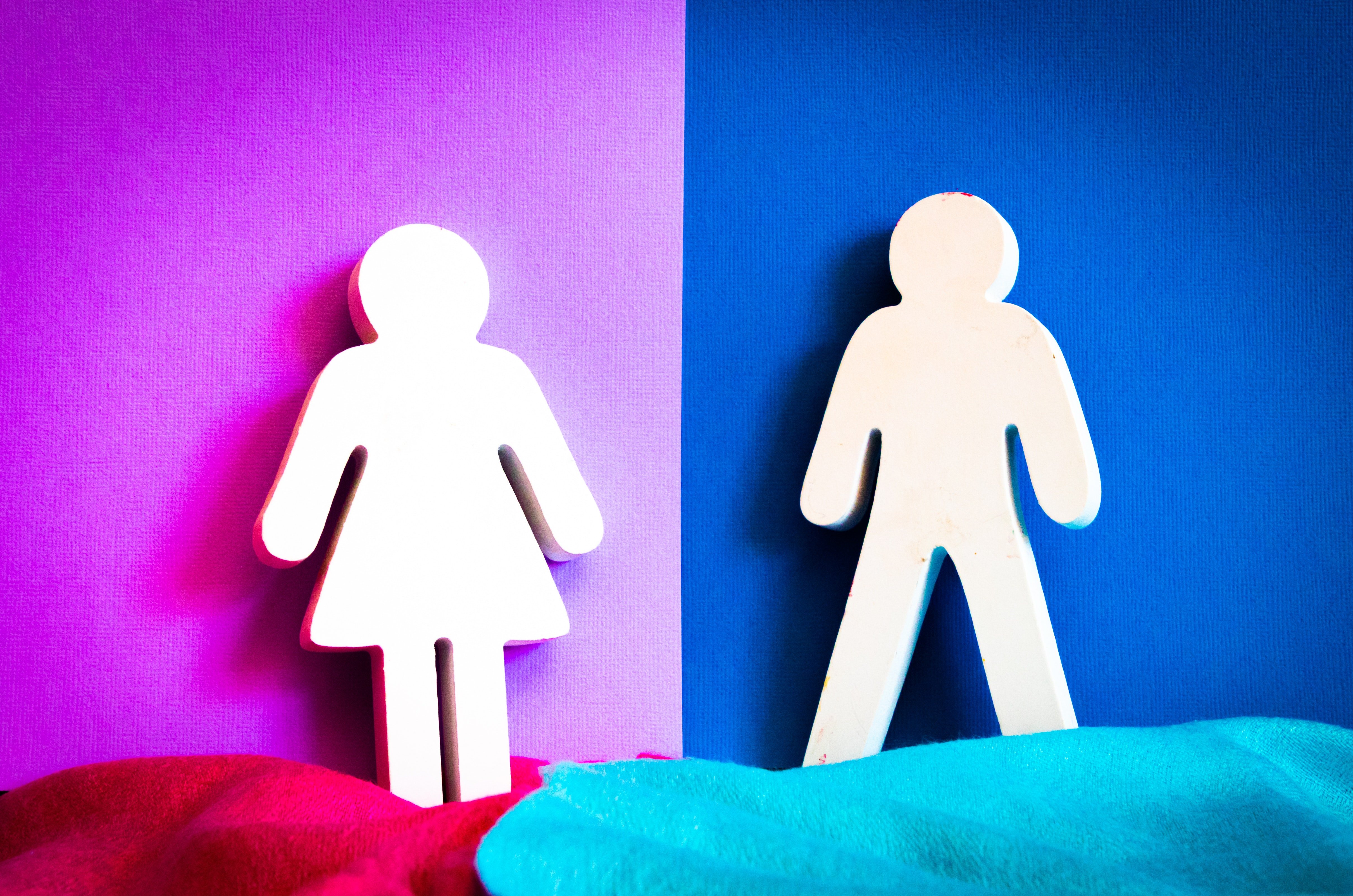
User interface (UI) design is critical to creating software applications, websites, and other digital platforms. It involves designing interfaces that are easy to use, visually appealing, and efficient. However, UI design can also be biased -- with gender bias being one of the most common forms of bias.
How many times have you seen a male avatar as a default?
Gender bias is the creation of interfaces that perpetuate stereotypes or exclude certain genders. This is problematic because it affects the usability of the product and the experience for its users. Gender biases can be subtle, and they can be challenging to identify. For additional context/reference, here are some examples of gender bias in UI design that you may not be aware of.
An example of gender bias: Girls are not as interested as boys in STEM subjects; Boys should engage in sports and refrain from more creative pursuits.
Gender Bias Language
A relevant yet common example of gendered language is the use of the phrase “best man for the job” to refer to the best or most qualified candidate for a particular role or position.
This phrase can make women feel excluded or unwelcome. Swapping ‘man’ for ‘person’ reflects the gender-neutral choice of language. UI designers should strive to use inclusive language that caters to all genders. Not every person identifies within the gender binary of male (he) or female (she). It is essential to use neutral language inclusive of all genders to provide an equal experience to all users.
Color Schemes
Color schemes can also be biased in UI design. For example, using pink as the primary color for a UI design assumes that the product is for women. Similarly, using blue as the primary color assumes that the product is for men. These assumptions can be harmful because they perpetuate gender stereotypes and could exclude certain audiences from the products or services offered. It is recommended to do some market research on color associations. UI designers should strive to use color schemes that are gender-neutral, or that cater to all genders. By using a range of various colors, designers can create an inclusive environment that caters to all users.
Stereotypes
Stereotypes are another form of gender bias in UI design. UI design can perpetuate stereotypes using specific images or design elements representing a particular gender. For example, using an image of a woman in a kitchen to represent a recipe app may suggest that only women cook. Similarly, using an image of a man in a suit to represent a finance app may assume that only men are interested in finance. These stereotypes are harmful because they exclude people who do not fit into these categories. UI designers should strive to use images and design elements that represent a diverse range of people. By doing so, designers can create an environment that is welcoming to all users.
A non-gender non-binary example is using the initial of the user’s name and giving it different colors to reflect that it’s different users. When incorporating icons, it is recommended to lean into gender non-binary for default user logos.
How can we do better?
Inclusive Design
Designing for inclusivity ensures that everyone can use a product, regardless of gender, race, age, or ability. Inclusive design involves designing interfaces that are accessible to everyone. UI designers should strive to create interfaces that cater to all users, regardless of their gender. By creating an inclusive design, designers can create a product that is accessible to everyone.
Overcoming Gender Bias in UI Design
Overcoming gender bias in UI design requires a conscious effort. UI designers should be aware of their biases and take steps to overcome them. Conducting User Research before creating/implementing elements of a design can help us overcome gender bias in UI design:
User Research
User research is an essential part of the design process. By conducting user research, designers can identify potential biases and create interfaces that cater to all users. When conducting user research, designers should strive to include a diverse range of participants.
Getting feedback from diverse and minority users is an essential part of the design process. By getting feedback from a wide variety of users, designers can identify potential biases and make changes to the interface. When getting feedback, designers should strive to include users from different genders, races, ages, and abilities.
The bottom line is that UI designers should be aware of the biases they may have and strive to create inclusive interfaces that cater to all genders. By doing so, they can create better user experiences and products that are accessible to everyone. Gender-inclusive UI design is not only the right thing to do - it also makes for good business. Companies can increase their customer base and improve their bottom line by creating products that cater to everyone. By making small changes to your design approach, you can make a big difference in creating a more inclusive digital world.
Designing for inclusivity isn't just a matter of checking off boxes. It's about creating an environment that is welcoming to all users. Research is an important part of this process. That’s where Key Lime Interactive can help. We are not only experts at UX research and UX/UI design; our mission is to create a better world through better-designed products and services. Check out our free Inclusivity Index Starter Kit. By designing for inclusivity, we can create a better, more accessible world for everyone.










Comments
Add Comment